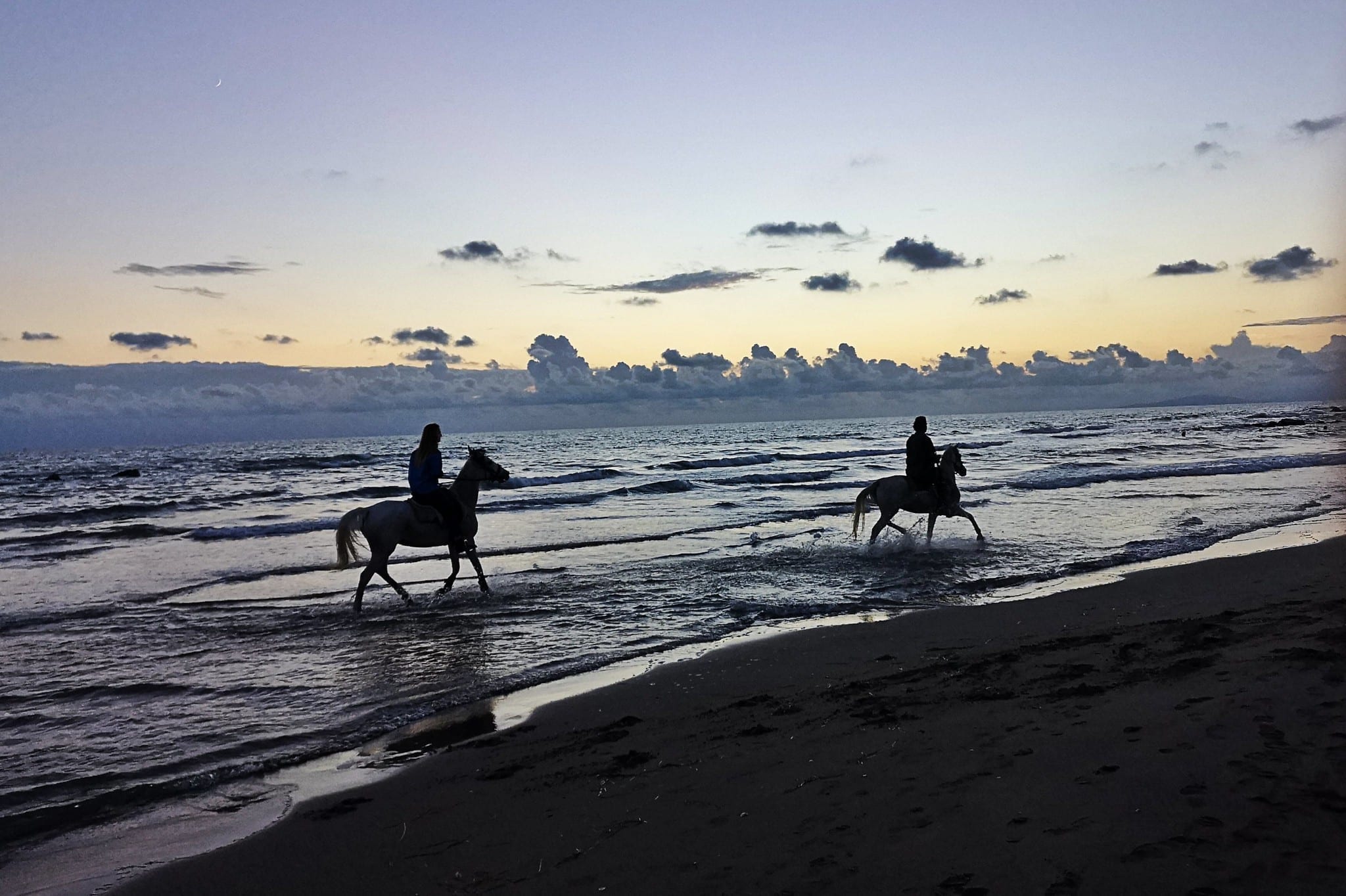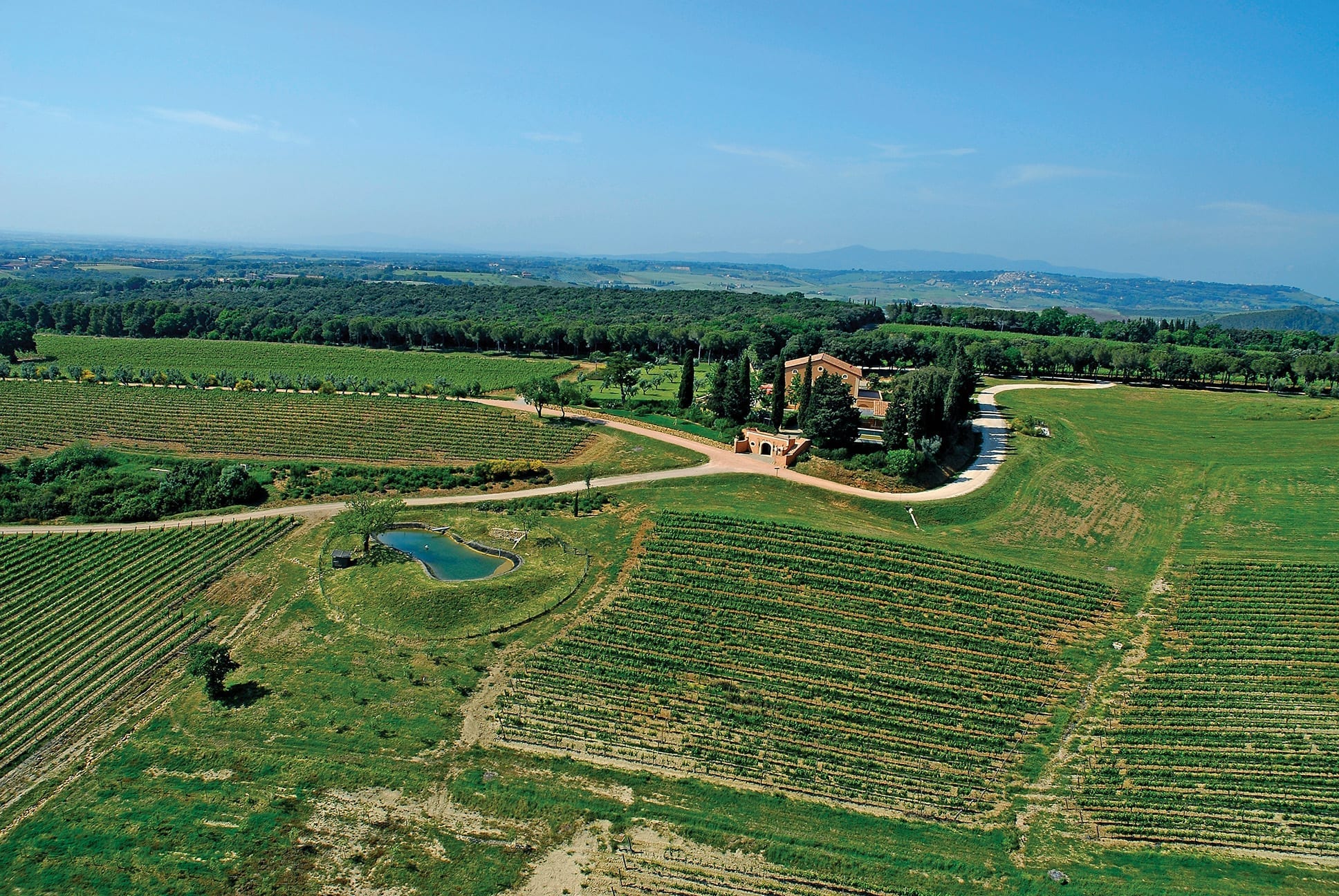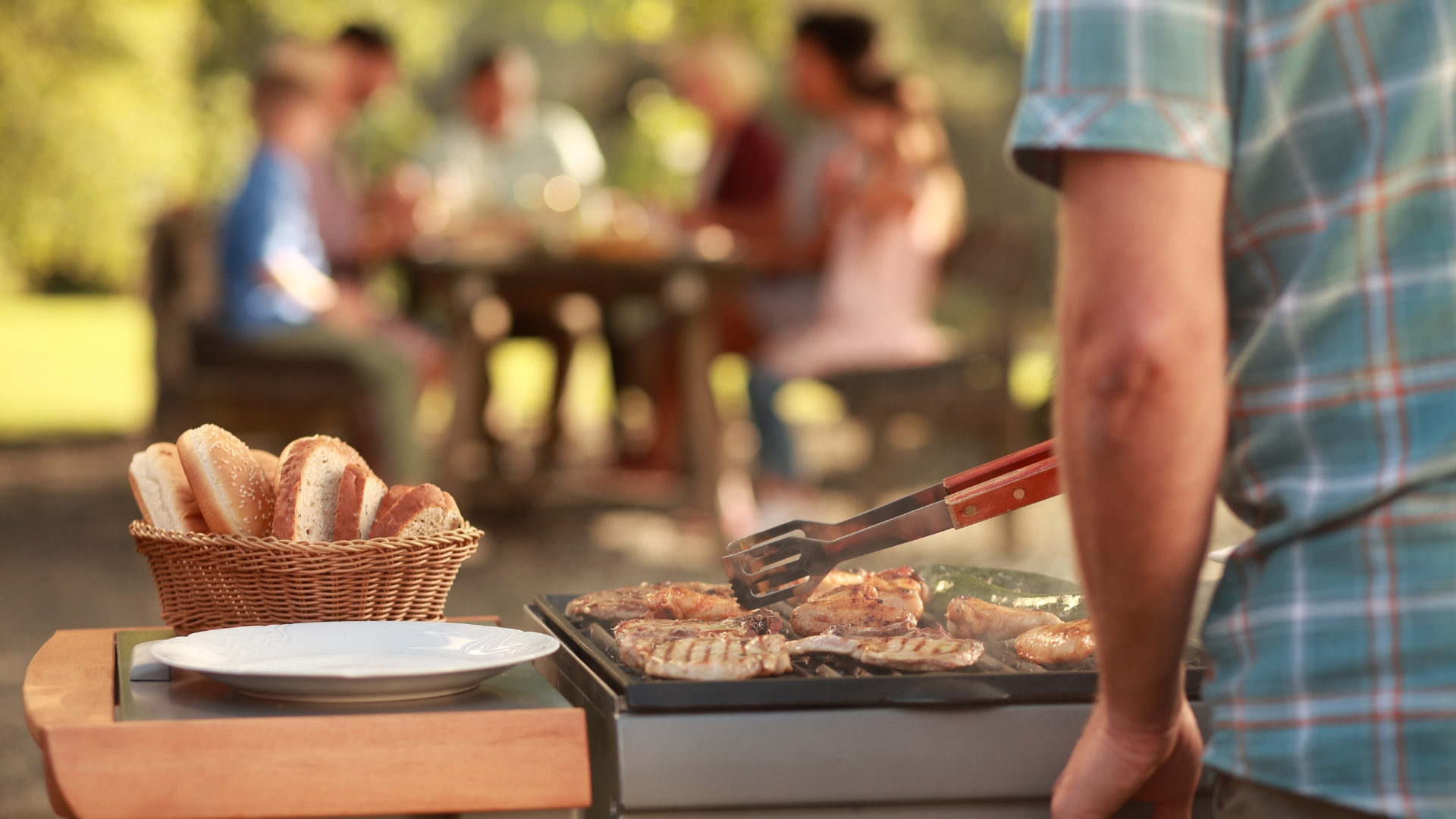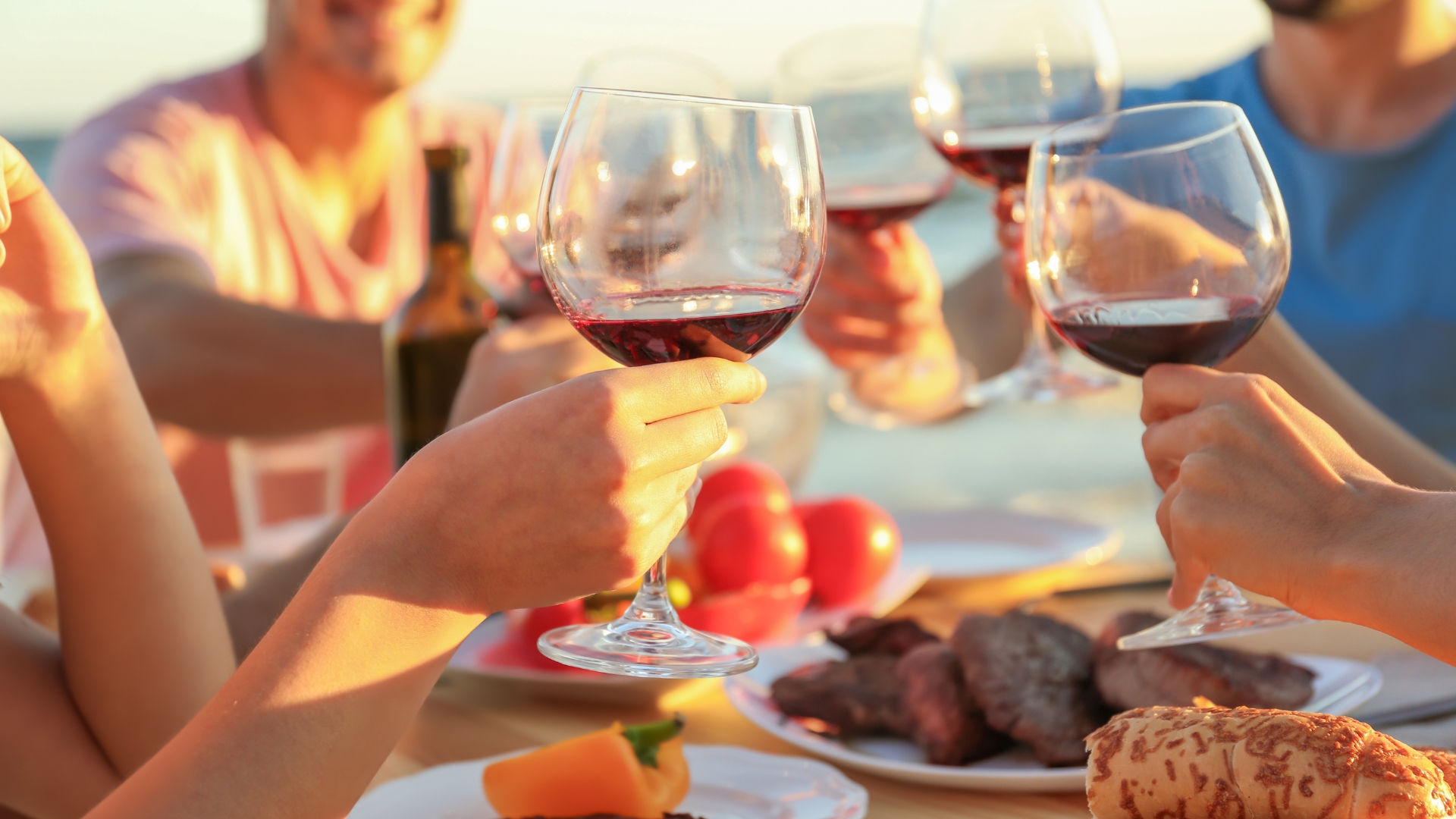Maybe I should have consulted a psychic or given a crystal ball a vigorous shake? I certainly would have benefitted from some forewarning that my October 2019 journey to the Maremma region of Tuscany would be my last trip abroad for the foreseeable future. As the COVID-19 pandemic continues to keep much of the world on lockdown, memories of past journeys are more precious than ever. Who knows when I’ll travel overseas again, but I feel fortunate that the wines, landscapes, and people of Maremma are seared in my mind.
Wild Maremma, Tuscany
The world’s love affair with Tuscany and its wines is well-established, but we often overlook that Tuscany is not a monolith: the region consists of several different winemaking areas. While Chianti and Montalcino may be household names, you’re almost guaranteed to get a quizzical look when you mention Maremma, even though its viticultural history goes back to the Etruscans.
Known as Tuscany’s wildest region, surely no one could have imagined that the former malarial marshland would transform into one of its most acclaimed wine regions. Maremma’s reputation for wildness is bolstered by the charmingly rustic butteri, cowboys and cattle breeders that are a treasured link to Maremma’s past and that still roam the landscape.

Located in the southern part of Tuscany, Maremma Toscana DOC wines are produced across the entire province of Grosseto. Maremma’s almost 9,000 hectares of vineyards span the breezy Maremma coastline, the slopes of the dormant volcano Mount Amiata, the Argentario peninsula, and Giglio Island. This diversity isn’t just pleasing to the eye, but it also provides an abundance of unique soil and climatic conditions ideal for growing excellent grapes. And, we all know that excellent wines start with great grapes.
Maremma is home to several charming indigenous grapes, including Ciliegiolo (chee-lee-eh-JOL-oh) which means “little cherry.” Ciliegiolo may be unfamiliar, but chances are you know its offspring: it is a parent of Sangiovese, Tuscany’s most famous grape variety, and the foundation of many of its greatest wines. But an abundance of indigenous and international grape varieties also thrive in Maremma, including Sangiovese, Vermentino, Cabernet Sauvignon, Cabernet Franc, and Merlot.
There is no one style of Maremma wine. Maremma’s crisp and mineral-driven whites, fruity reds, and complex age-worthy reds reflect the diversity of the terroir and grape varieties. The Consorzio Tutela Vini della Maremma Toscana (Consortium for the Protection of Maremma Toscana Wines), who graciously hosted my 2019 trip, stated that “Ripe fruit, subtle complexity, crispness and a pleasant mouth feel are common characteristics of the wines from Maremma. No other area in Tuscany can offer such a wide variety of wines, also due to the essential characteristics of the grape varieties grown here.”
The COVID-19 pandemic may have temporarily clipped our travel wings, but the essence of Maremma is just a bottle away. Fill your glass with wines from Maremma and let them transport you.

Suggested Wines
The special blend of grapes (Cabernet Franc, Cabernet Sauvignon, Merlot, and Petit Verdot) makes Tenuta di Biserno Il Pino di Biserno a classic wine of the Upper Maremma. Another from the Upper Maremma, though in vineyards with altogether different soils than Il Pino with sand and a little clay, the Insoglio del Cinghiale Toscana IGT shows dark fruits and blackberries. It is made from Syrah, Cabernet Franc, Merlot, and Petit Verdot and its name reflects the wildness of the terroir, translating to “Hideout of the Wild Boar.”
Maremma is More Than Wine
Wine is beautifully integrated into Maremma’s culture, but the region is full of treasures. Stunning landscapes, historical sites, and world-class dining make it a top-notch destination.
Where to Stay and Eat in Maremma
For accommodations, I recommend the luxurious Terme di Saturnia Spa & Resort, where you can soak your troubles away in their world-famous ancient thermal waters. If you’re craving a more laidback seaside vibe, Torre Cala Piccola is perched above the Argentario Sea and has breathtaking views of Giulio and Giannutri islands. Hotel Miramare is no-frills but comfortable and the beach is right at your feet!

From rustic country fare to haute cuisine, I ate like a queen in Maremma. Recommended restaurants: Da Caino in Montemerano, where Chef Valeria Piccini presents an elegant twist on homestyle cooking. And seafood lovers will gobble every fresh morsel presented by Chef Massimiliano Ciregia at Osteria del Mare in Castiglione della Pescaia.
I look forward to returning Maremma again one day and feeling as blissful as I did when this photo was taken. Until then, I’ll sip and daydream!





